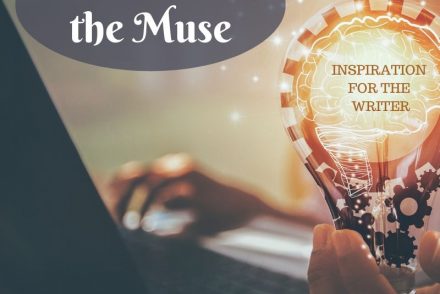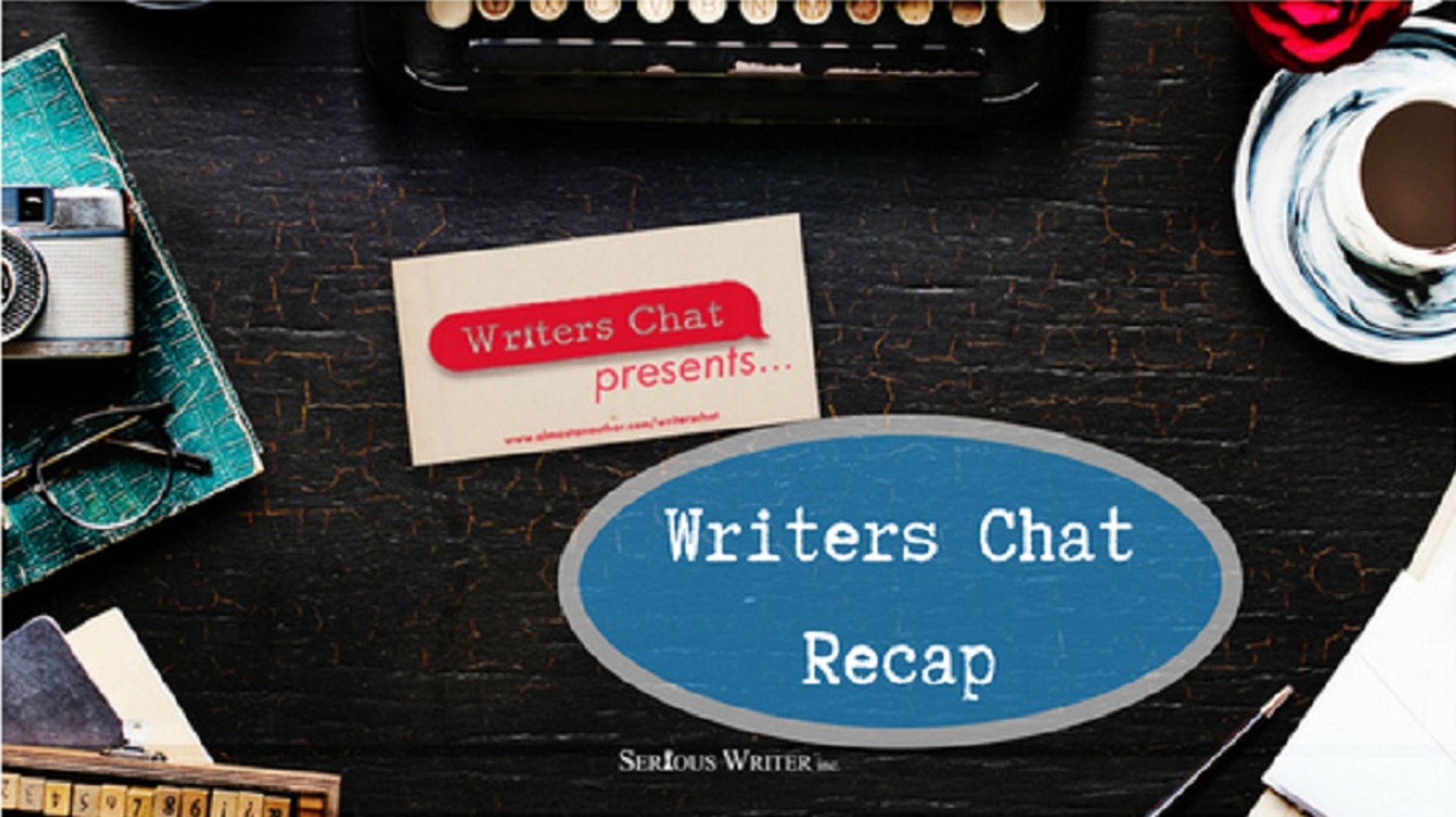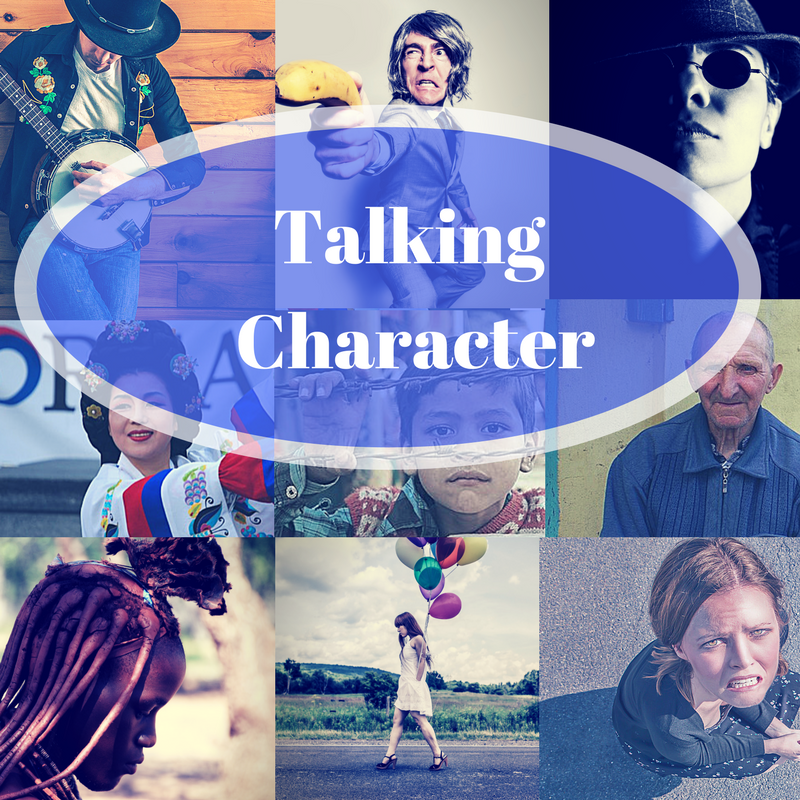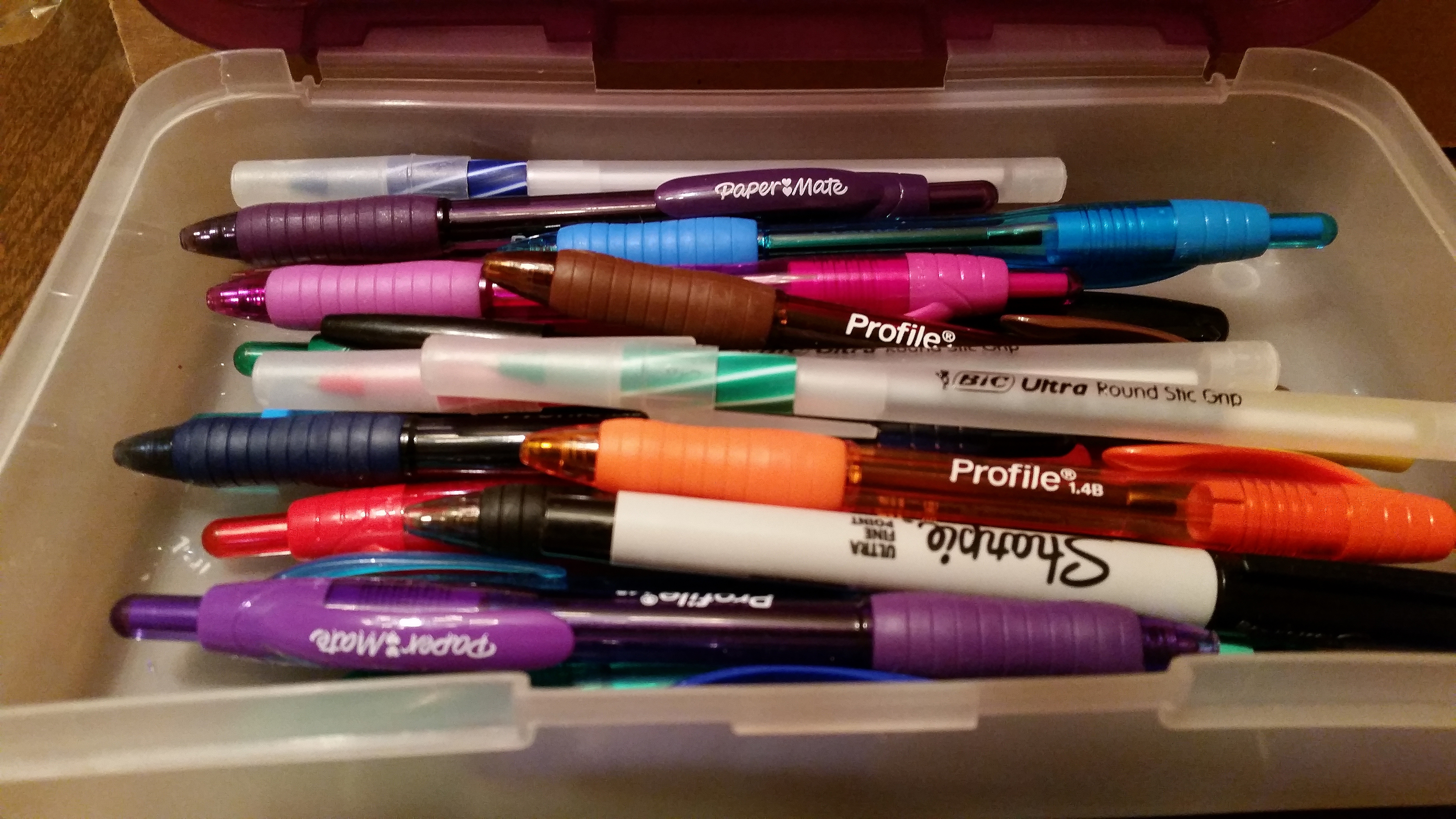
Do You Love Your Series Sleuth?
Oh, the work you put into developing your sleuth, your investigator, your detective! Whether old or young, tall, or…
August 17, 2021
Oh, the work you put into developing your sleuth, your investigator, your detective! Whether old or young, tall, or…
August 17, 2021
In past blog posts, I’ve written about choosing a genre, story premise, and GMC. A key element of any…
April 27, 2021
Some writers are blessed with a vivid visual imagination. Just by willing it, they can render scenes in their…
October 13, 2020
Let’s talk villains. One of my favorite topics! The creeper. The serial killer. The diabolical mastermind. The psychotic killer.…
August 17, 2020
Writers Chat, hosted by Jean Wise, Johnnie Alexander, and Bethany Jett, is the show where we talk about all…
February 21, 2020
One of my friends recently gifted me a book. She’d loved it so much she literally went out and…
April 7, 2019
If you’ve ever been involved in building a house or a major remodeling project, you understand how overwhelming it…
July 20, 2018
Every fictional character has an entire life’s worth of backstory that happened prior to the opening of your novel.…
June 20, 2018
Why is it that some characters stick in our minds? What is it about them that causes us identify…
April 22, 2017
In order to really show his stuff, a protagonist needs challenges to overcome. The tougher the opposition, the more…
June 20, 2016
Good writers know that developing well-rounded characters is critical, and one technique for creating such interesting characters is to…
June 16, 2015